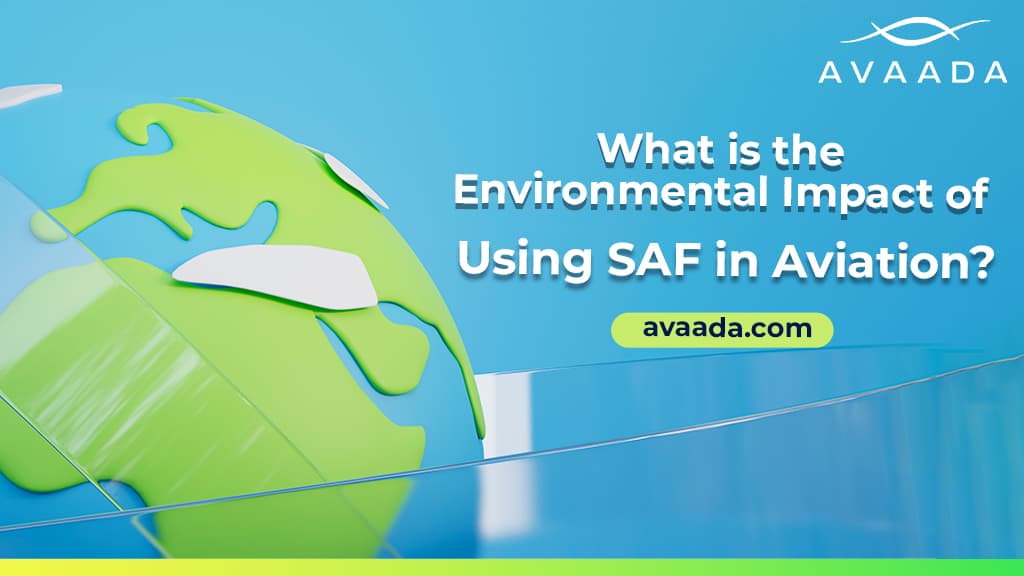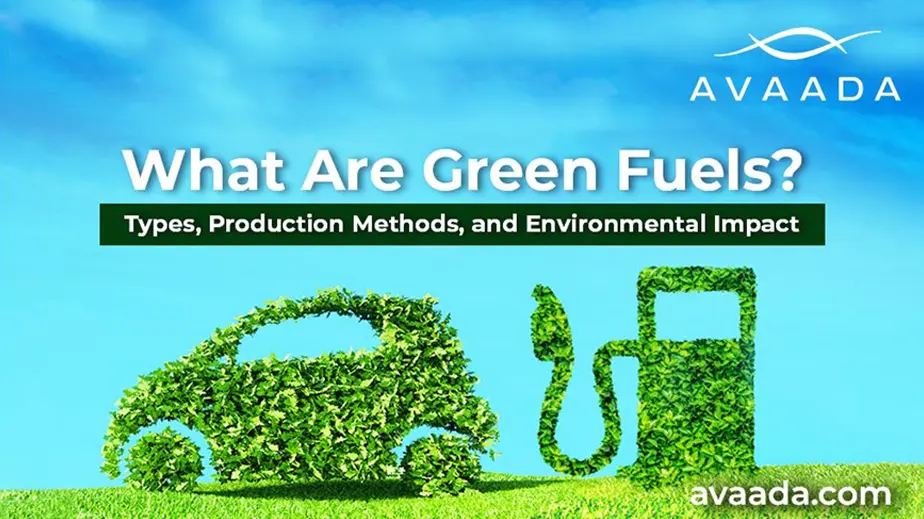Sustainable Aviation Fuel is now one of the rapidly growing alternatives to air travel’s impact on the environment. The fuel is derived from renewable resources such as agricultural waste, cooking oil, and algae. It is a cleaner alternative to conventional jet fuel used by most of the world’s airlines.
The reason for taking up this fuel is that it has the potential to significantly cut down the emissions of GHG, although the margin to that extent varies. This post further expands on the impact of SAF on the environment, the challenges associated with the large-scale transition to increased use, and the role it would play in the future of aviation.
1. Reduction of Greenhouse Gas Emissions
The critical environmental benefit of SAF is the potential to lower GHG emissions. On the production side, its life cycle CO2 emissions can be reduced by up to 80% from traditional fossil-based jet fuel if produced using renewable feedstocks.
Lifecycle emissions are defined as the sum of all processes from extraction and processing to final combustion during flight.
For instance, biobased SAF made from feedstocks such as used cooking oil or agricultural residues achieves a balance in carbon emissions during combustion. The carbon dioxide that the plant assimilated over its lifetime. This closed-loop net reduces the carbon footprint of aviation, accounting for roughly 23% of global carbon dioxide emission sources.
For a deeper understanding of the concept, check out our blog What Is Net-Zero Emissions Mean?, which explains its significance in combating climate change.
2. Improved Air Quality and Reduction in Particulate Matter
The use of SAF in aviation may also deliver some air quality benefits because it reduces particulate matter from combustion. Jet fuel combustion produces soot and other particles that enter the atmosphere, aggravating generally poor air quality near airports and along flight paths.
More importantly, SAF burns cleaner and produces fewer particulates, which may relate to fewer contrails and soot climate impacts.
Thus, it was discovered that such SAFs, especially those from the FischerTropsch process or HEFA, make significantly fewer particulate emissions than standard jet fuel. This clean-burning makes for improvements in both climate and local air quality.
3. Effects on Non-CO2 Emissions
In addition, aviation causes environmental impacts through other types of emissions based on NOx, H2O, and sulfates, all of which are recognized to enhance global warming.
In a pure form, SAF mixed with conventional jet fuel is expected to have more benign yields of sulfur and NOx emissions. These savings are associated with decreased formation of contrails and cirrus clouds, which are global warming influences on climate.
For a deeper understanding of the financial aspects of SAF production, be sure to check out our blog on the cost of SAF plant, which provides insights into the investment and setup requirements
4. Feedstock Sourcing Challenges
Sources applied in the production of SAF (Sustainable Aviation Fuel) vary in their sustainability; that is, biofuels from food crops like corn or palm oil result in ILUC (Indirect Land-use Change). Here, forests become cleared, and more frequently, native habitats for a variety of species are converted into agricultural land to meet the biofuel requirements. This might be linked to biodiversity loss and other mitigative effects on some of the carbon offsets potentially gained when using SAF.
Such industry standards to mitigate these effects may include using nonfood feedstocks, waste products, or algae for the production of SAF. Such options tend to offer better environmental outcomes since they are not in competition with food and do not require additional land.
5. Availability Issues and High Costs
The supplies of SAF in operation around the world are limited in supply, as less than 1% of the total aviation fuel is produced as SAF. As such, the scalable production of SAF is also challenging due to its high costs and scarce feedstock.
Further, the costs of SAF are more expensive than the traditional jet fuels, which do not easily develop without policy support or incentives.
6. Role in Achieving Net-Zero Targets
Despite these risks, SAF will play an inherent role in meeting the net-zero objectives by midcentury. Major airlines and aeronautical players have aggressive plans for SAF uptake. IATA has already targeted 10% use by 2030, while other airlines are planning to use even higher percentages.
Conclusion
Sustainable Aviation Fuel is a promising solution to reducing the environmental impact of aviation. Its ability to reduce GHG emissions, improve air quality, and potentially mitigate the climate impacts of non-CO2 emissions makes it a key player in the industry’s transition towards sustainable travel.
However, sustainability depends on the feedstocks used, production methods, and the capacity of the industry to scale up its supply to meet global demand. Continuing investment, supportive policies, and innovations in feedstock and production technologies will have to be scaled up to make meaningful contributions to a greener aviation future.









